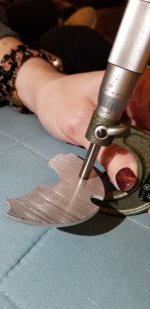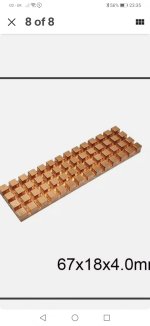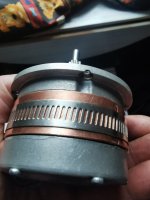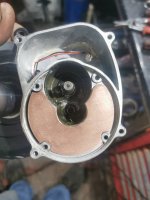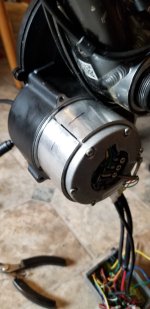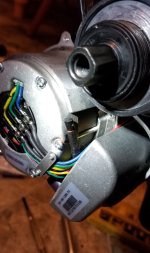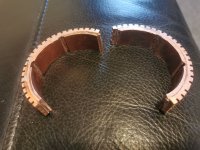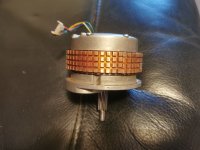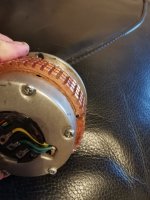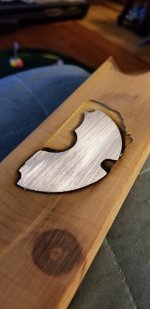Waynemarlow
10 kW
Guys, I'm seeing a different measurement between the motor base and housing, you are using 1.2mm shim but that is too thick and will force the motor to cant slightly unless you are prepared to shim the differnce between the other 2 motor retaining screws that are on the opposite side to the shim material. I measure the gap at 1mm and are using 0.9mm brass shim plate with heat conductive grease on either sides to allow for any casting variances.
I would suggest to actually measure your motor before using 1.2mm by, if you already have 1.2mm, sliding something like a Stanley knife blade across the shim stock and check to see if it will touch the screw mount, if it doesn't then its too thick. Sure you want some clamping if you can, but that will be only on 2 of the mounts, the other two will pull the motor to the post and thus the motor will be on a very slight angle.
I would suggest to actually measure your motor before using 1.2mm by, if you already have 1.2mm, sliding something like a Stanley knife blade across the shim stock and check to see if it will touch the screw mount, if it doesn't then its too thick. Sure you want some clamping if you can, but that will be only on 2 of the mounts, the other two will pull the motor to the post and thus the motor will be on a very slight angle.


